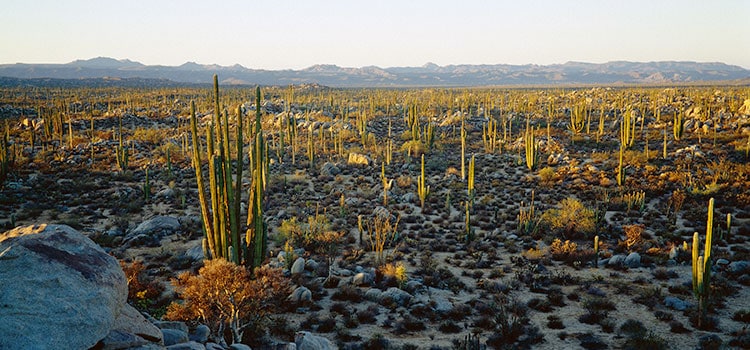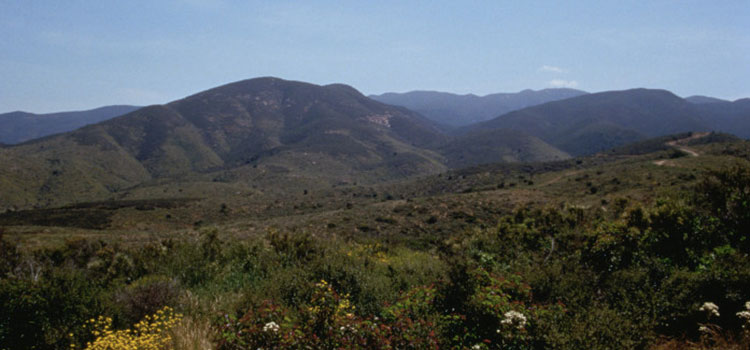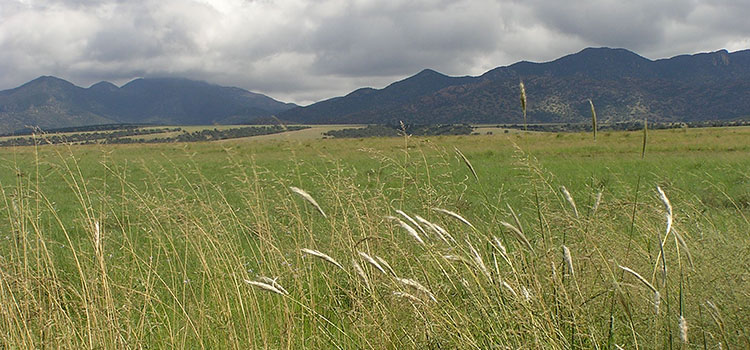Mexican Highlands
The Mexican Highlands sub-region of the Sonoran Joint Venture comprises parts of Arizona, Sonora, Sinaloa, Chihuahua, Durango, and Nayarit. This sub-region includes a portion of Bird Conservation Region 34. The area is characterized by high elevations and complex topography, with high mountain forests separated by semi-desert grasslands, Sinaloan thornscrub, tropical deciduous forest, and Chihuahuan and Sonoran desert scrub. At the highest elevations in this sub-region, in canyons and on north slopes we find a mixed conifer forest of Douglas fir, white fir, limber pine, Mexican white pine, and aspen or ponderosa pine. Spruce-fir is generally lacking in all but the most northern parts of the region. The lower limits of these pine forests merge with pinyon-juniper, chaparral, and pine-oak. Grasslands, which are often degraded, are also found at lower elevations. Riparian habitat is important throughout the sub-region, as are desert wetlands such as playas and ciénegas.
Remnants of old-grown pine-oak forest and habitat for the possibly extinct Imperial Woodpecker and other important species, such as Golden Eagle, Military Macaw, Thick-billed Parrot, and Eared Quetzal occur here. Other priority landbirds include Sinaloa Martin, Spotted Owl, Red-faced Warbler, and Aztec Thrush. Among the species whose range extends into the United States in this region, highest priorities include Red-faced Warbler, Five-striped Sparrow, and Montezuma Quail. Riparian areas in lower portions of the sub-region support many in-transit migrants as well as breeding Thick-billed Kingbird, Western Yellow-billed Cuckoo, and Southwestern Willow Flycatcher. Most uplands in the United States are publicly owned, but lower elevations grasslands and riparian are mostly privately owned. Significant wetland habitats, such as Willcox Playa, provide wintering habitat for waterfowl and waterbirds.


 English
English  Español
Español 


